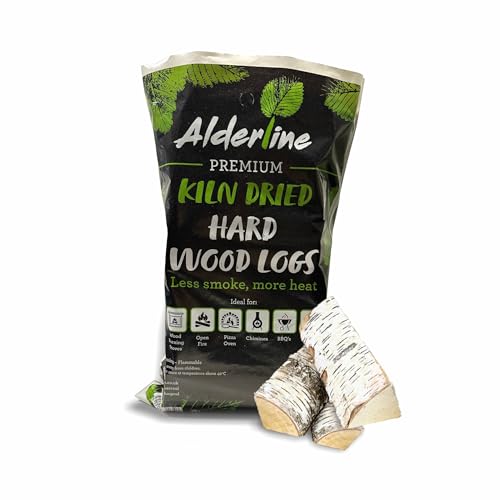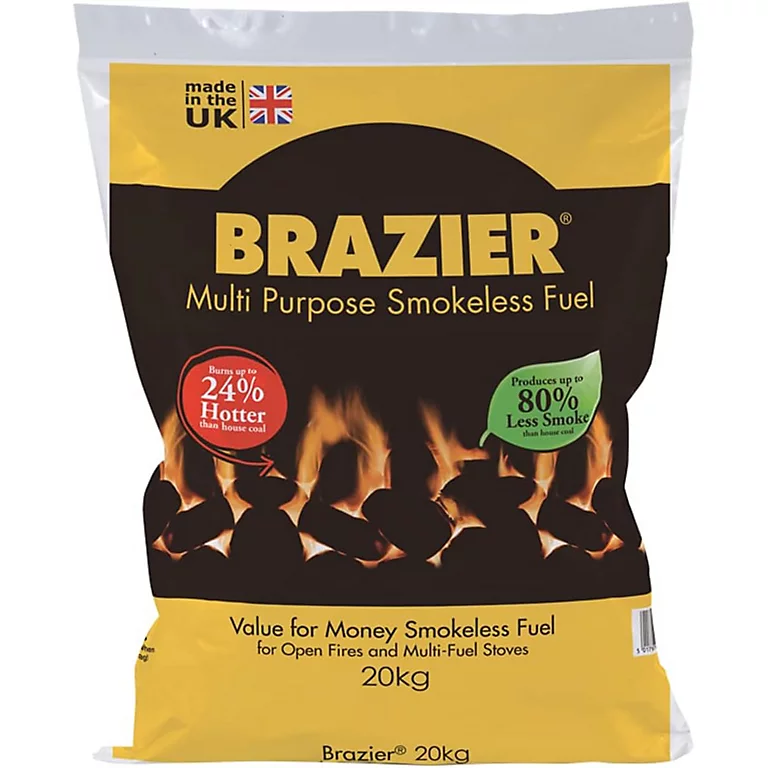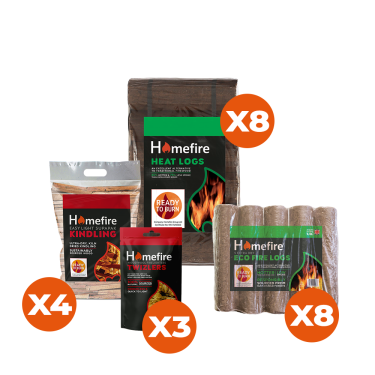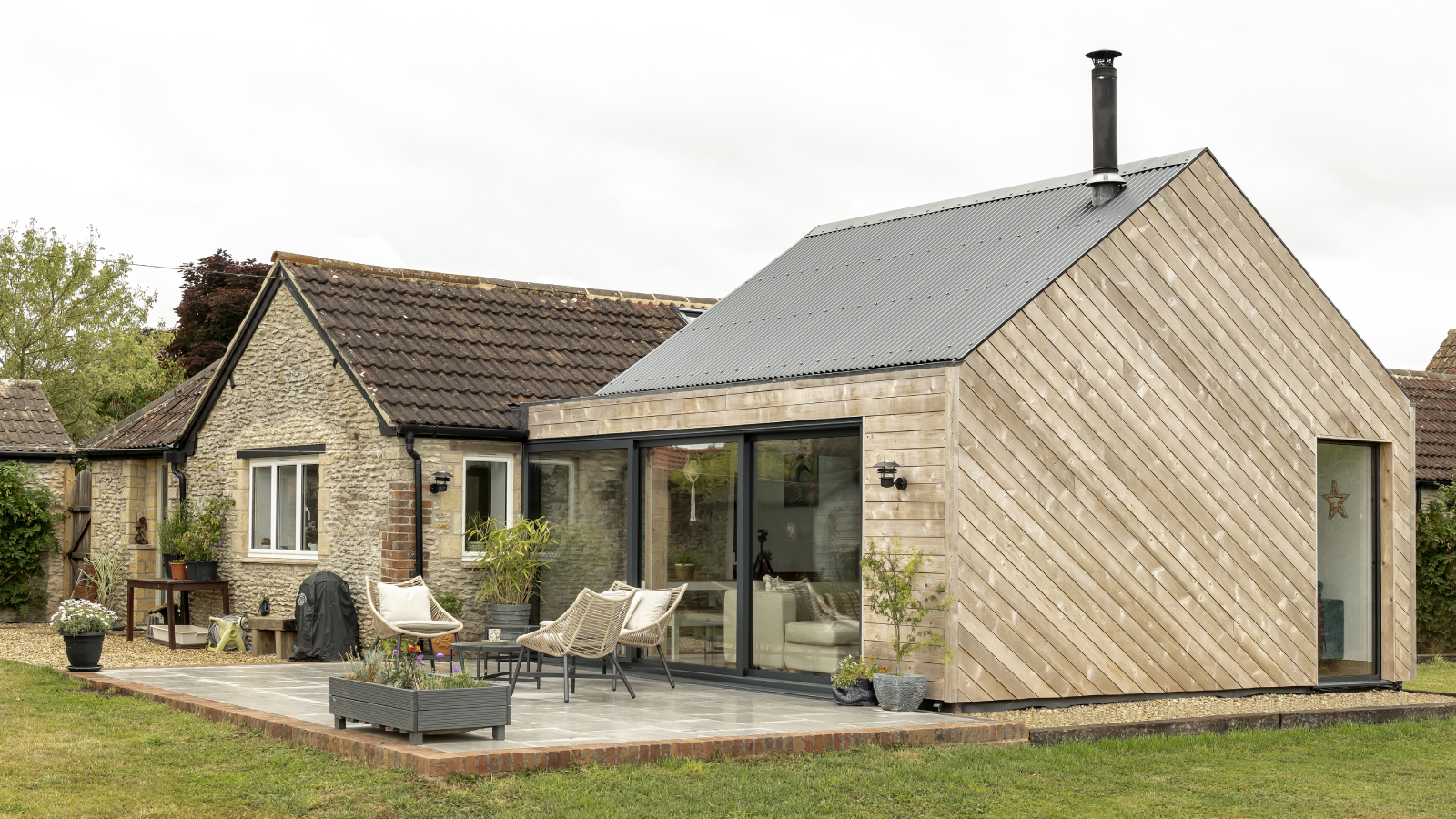What is the difference between a wood burner and a multi-fuel stove?
We explain the key differences between wood burners and multi-fuel stoves to help you make an informed choice for your home heating needs
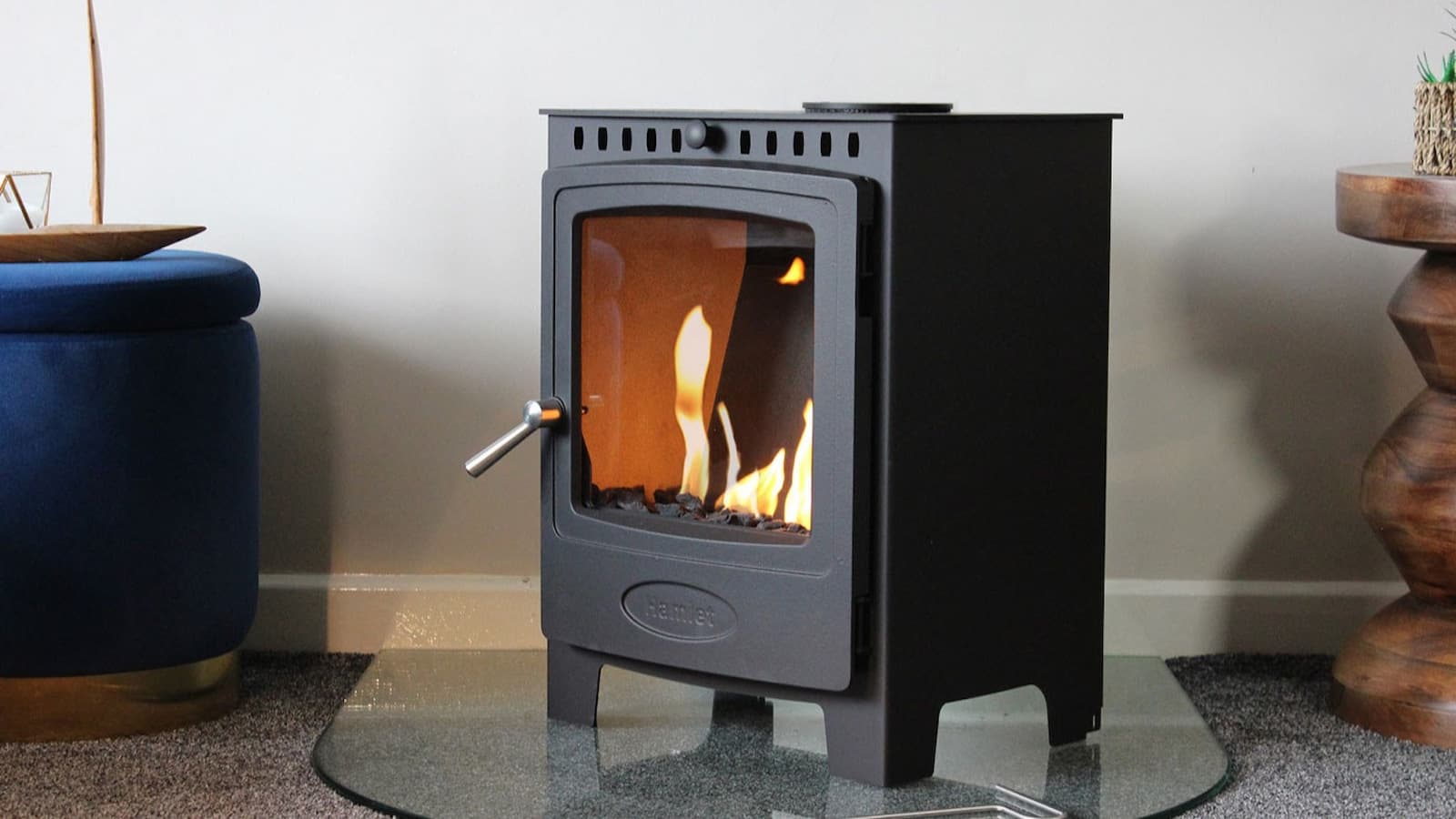
There are key differences between wood burners and multi-fuel stoves that many people fail to realise.
A wood burner is a log-burning stove specifically designed to burn wood efficiently and typically has a flat base to allow air to circulate beneath the wood for better combustion.
A multi-fuel stove on the other hand, is more versatile and can burn coal, wood, and smokeless fuels. It usually features a grate to let ash fall through and enhance airflow, making it suitable for a wider range of fuel types.
We look at the key differences between the two and help you make a decision over which would be better to have in your home.
Which is more efficient?
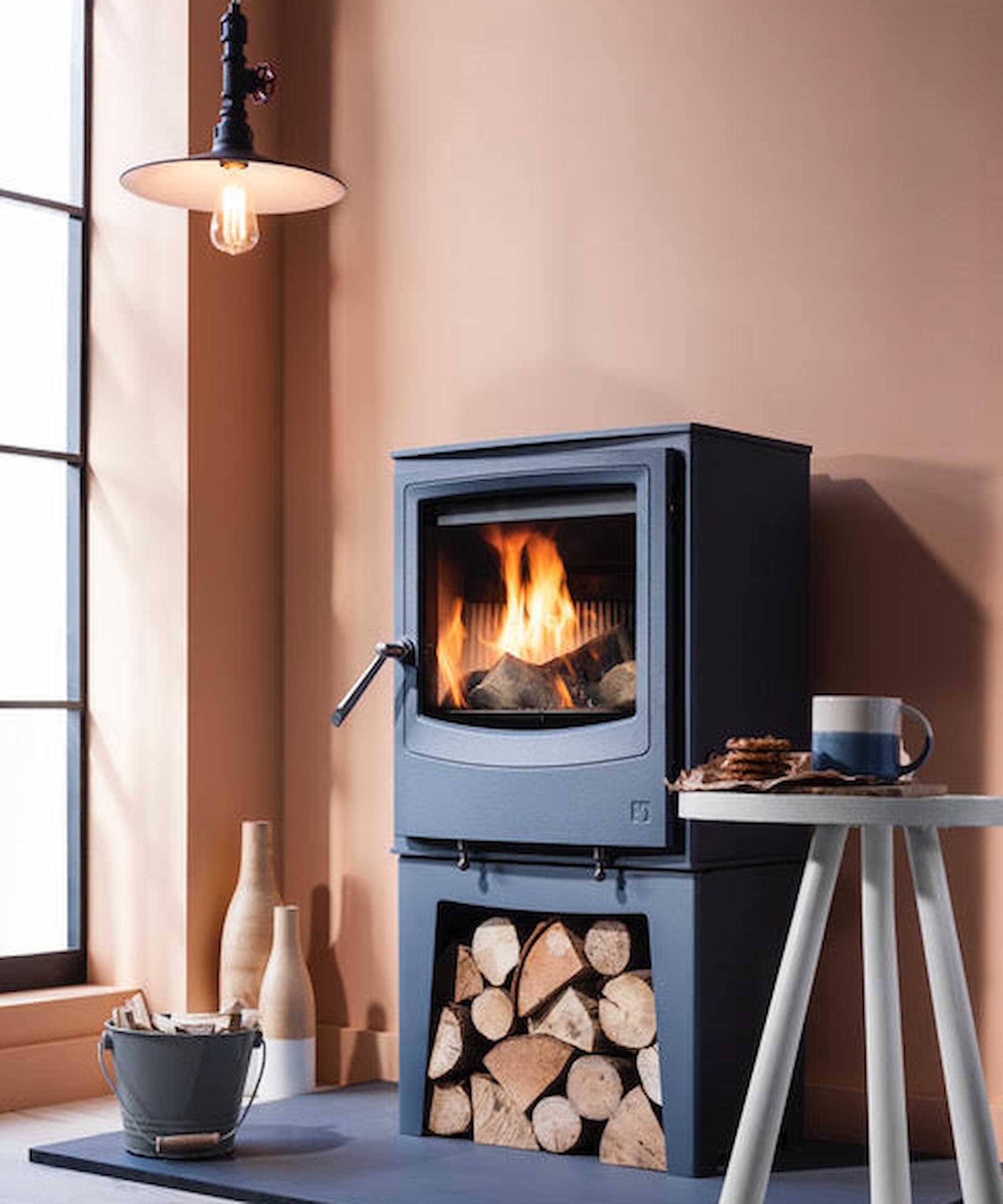
Multi-fuel stoves are generally considered less efficient for burning wood than dedicated wood burners, as wood burns better on a flat surface rather than on a grate.
However, multi-fuel stoves offer the flexibility to use coal or other fuels, which can be more efficient than wood in some cases.
Wood burners tend to be more efficient for wood burning alone as their design maximises combustion for this specific fuel.
Bring your dream home to life with expert advice, how to guides and design inspiration. Sign up for our newsletter and get two free tickets to a Homebuilding & Renovating Show near you.
Jon Butterworth, director at Arada Stoves, points out: “Multi-fuel stoves have the ability to burn both wood and solid fuel and are becoming increasingly more popular for many practical and economical reasons rather than the standard log burner. Solid fuels often burn for longer periods and produce more consistent heat, which can reduce the need for frequent refuelling, making it a more economical option.”
However, Chris Baines, Managing Director of Mendip Stoves Ltd, says any differences in efficiency are minimal as: "Both wood-burning and multi-fuel stoves generally have similar efficiency ratings, usually in the high 70% to 80% range."

Jon Butterworth is the director of Arada, a UK-based stove manufacturing company with roots dating back to 1966. Butterworth, with a background in telecommunications and fibre optics, became involved in the industry after leading a management buyout of Arada. The company is known for designing stoves specifically for UK homes and offering long-term spare part support.
Fuel for wood burners
Which costs more?
The cost depends on the brand and model, but multi-fuel stoves are often slightly more expensive due to their versatile design and ability to handle multiple fuel types.
However, the cost difference multi-fuel and wood burning stove installation costs is usually minimal, and the long-term running costs can vary based on the availability and price of the fuels used.
Which has the higher environmental impact?
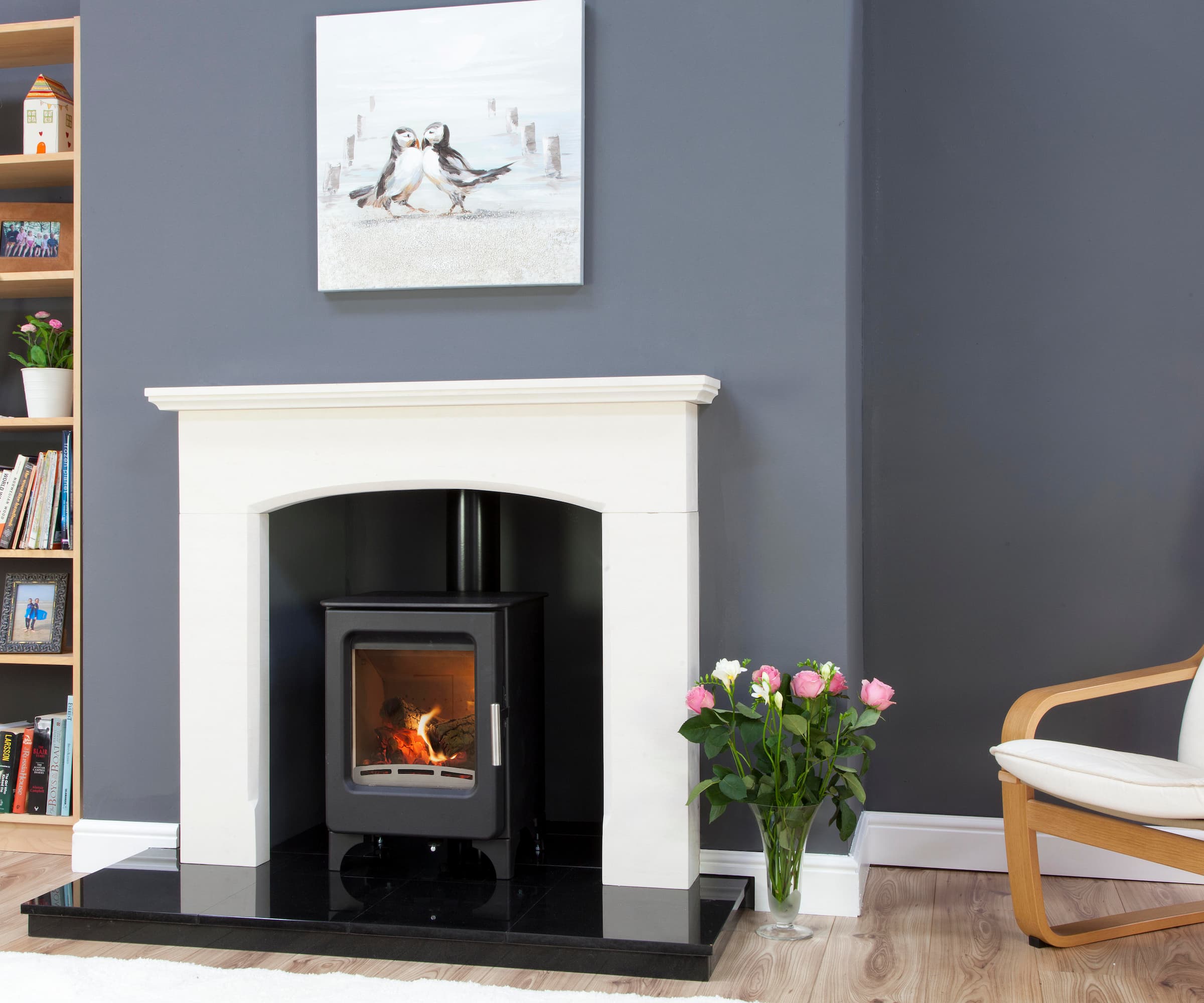
Wood is a renewable resource, and burning seasoned or kiln-dried logs in a wood burner is generally considered more environmentally friendly than burning coal or smokeless fuels in a multi-fuel stove.
Coal has a higher carbon footprint and emits more pollutants, making it less eco-friendly. Wood burners are typically the better choice for those prioritising sustainability.
"There are plenty of misconceptions surrounding wood-burning stoves and their effect on the environment, but it is important to note that a wood burner can offer a low carbon, low emission, renewable and sustainable way to stay warm in the colder months," Butterworth emphasises.
This is supported by Stove Industry Alliance, which claims: "Modern Ecodesign compliant stoves burning dry wood make up a tiny fraction of UK particulate matter emissions – less than 0.3%. Using dry wood fuel is both sustainable and renewable; wood logs have the lowest carbon emissions factor of any domestic heating fuel."
How to choose between the two
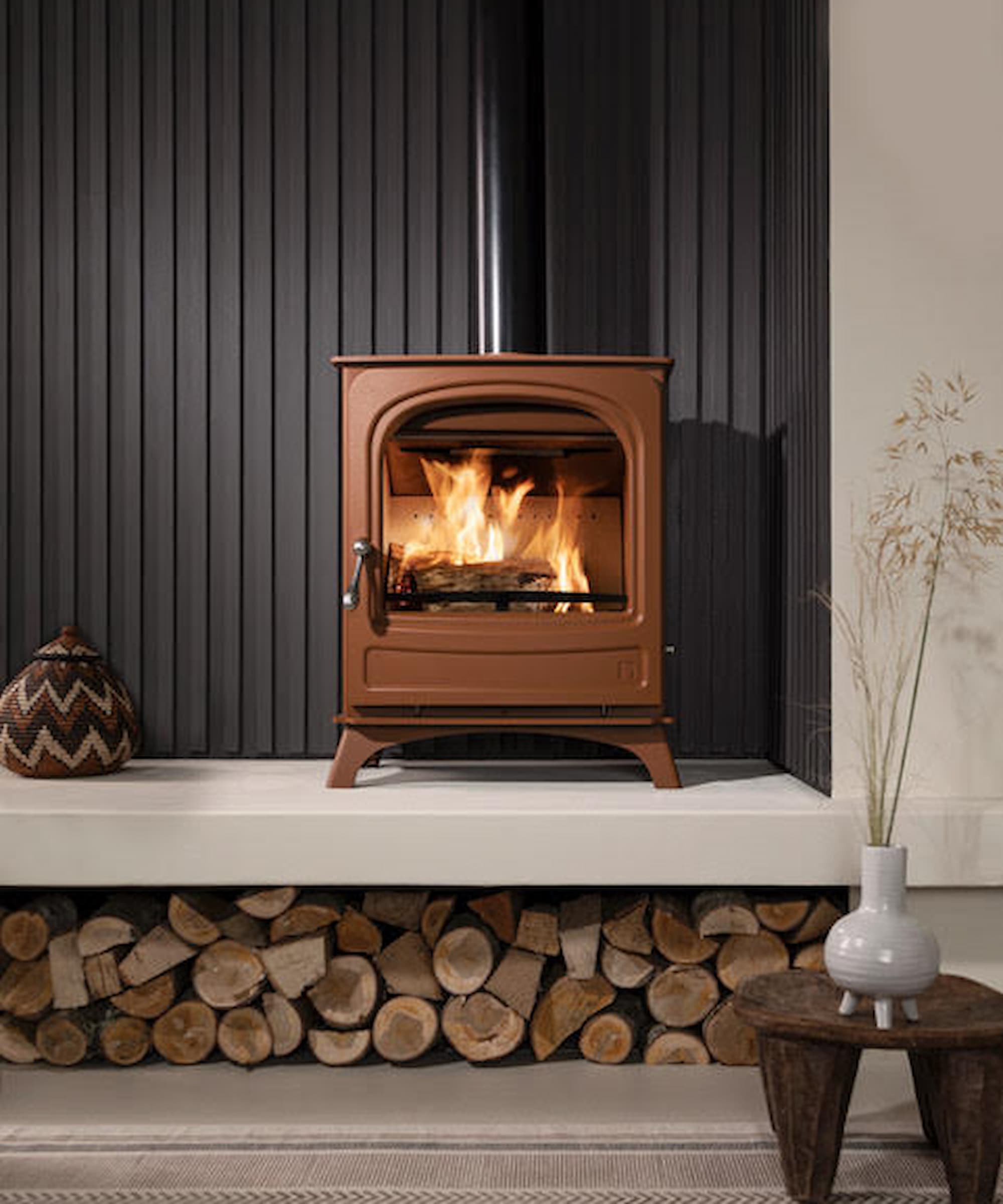
Your choice depends on your fuel availability and heating preferences.
If you have easy access to affordable wood and prefer an environmentally friendly option, a wood burner might be the better choice.
However, if you want flexibility and live in an area where coal or smokeless fuels are more accessible, a multi-fuel stove may suit your needs better.
"When considering the style of the stove, this very much comes down to personal choice. Contemporary stoves tend to complement open plan, larger and minimalistic spaces, whereas more traditional models tend to suit cosier, country-style homes," Declan Kingsley-Walsh, Managing Director at Morsø UK, claims.
He concludes: "However, contemporary styles can sometimes bring a pared-back, Scandinavian aesthetic to a more traditional home, and a traditional model can also bring warmth and soften a more modern space so it’s down to the individual’s preference."

Declan Kingsley-Walsh has been the Managing Director at Morsø UK and Ireland for over nine years, bringing his expertise in premium products and strong focus on brand integrity to the forefront. Known for his meticulous attention to detail, Declan places a high value on maintaining the quality and craftsmanship that define Morsø's offerings.
When deciding between a wood burner and a multi-fuel stove, consider your fuel availability, environmental impact, and personal preferences. Both offer efficient heating solutions, but a wood burner is ideal for those prioritising sustainability, while a multi-fuel stove offers more flexibility with fuel choices. Ultimately, the best option depends on your individual needs and home setting.

News Editor Joseph has previously written for Today’s Media and Chambers & Partners, focusing on news for conveyancers and industry professionals. Joseph has just started his own self build project, building his own home on his family’s farm with planning permission for a timber frame, three-bedroom house in a one-acre field. The foundation work has already begun and he hopes to have the home built in the next year. Prior to this he renovated his family's home as well as doing several DIY projects, including installing a shower, building sheds, and livestock fences and shelters for the farm’s animals. Outside of homebuilding, Joseph loves rugby and has written for Rugby World, the world’s largest rugby magazine.
